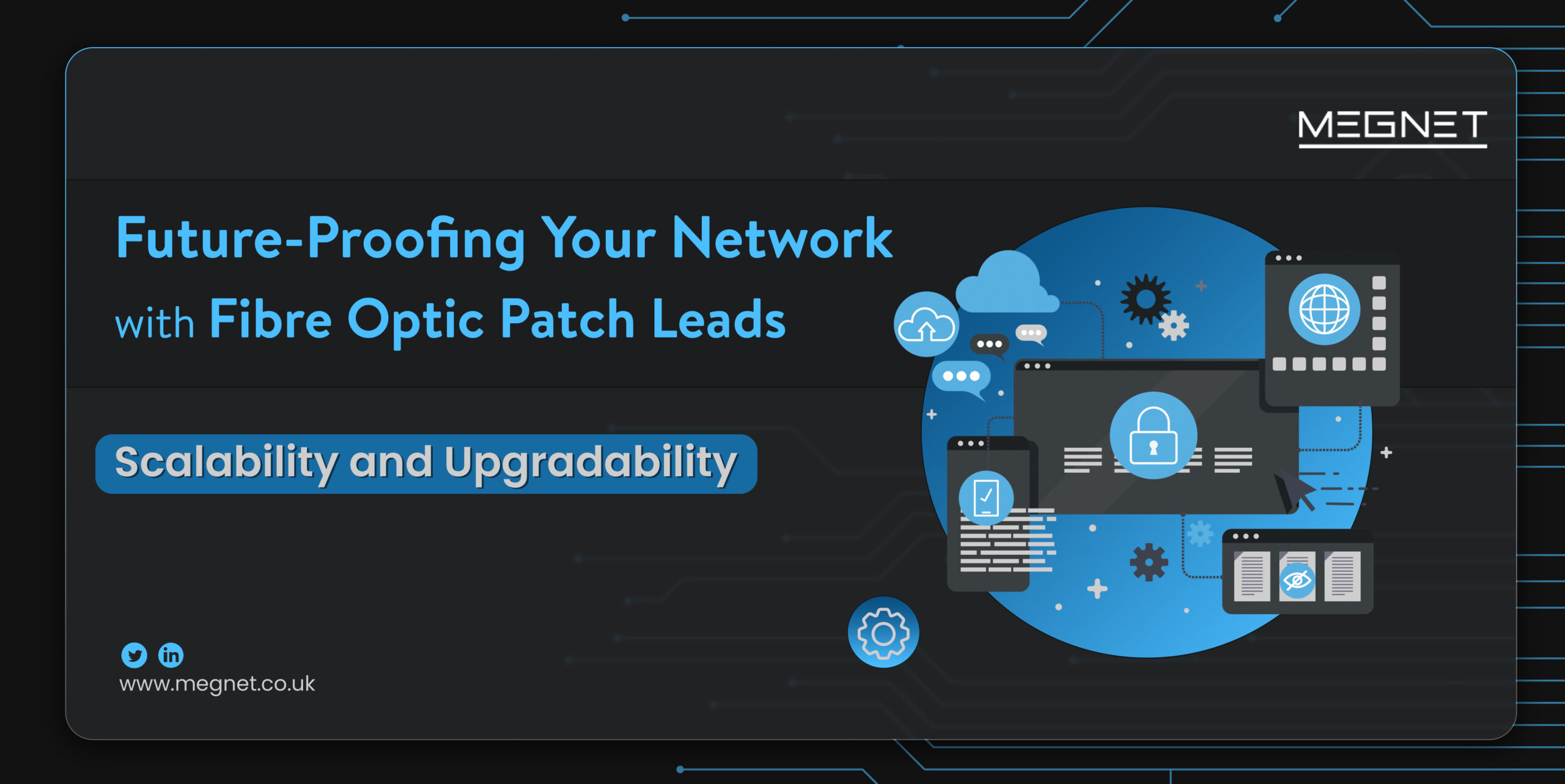
Building Future-Ready Networks: Fibre Optics Unleashed
In today’s fast-paced digital landscape, the demand for high-speed, reliable, and scalable networks is on the rise. As businesses continue to embrace advanced technologies like 5G, cloud computing, and the Internet of Things (IoT), future-backed to meet evolving demands. One crucial element in achieving this is using fibre optic patch leads. In this blog, we will explore how fibre optic patch leads can future-proof your network by providing scalability and upgradability. We will delve into the benefits they offer, such as enhanced bandwidth, greater distance capabilities, and immunity to interference. By the end of this article, you will have a clear understanding of how fibre optic patch leads can empower your network infrastructure for future growth and technological advancements.
As businesses expand, their network requirements grow exponentially. To accommodate this growth, scalability becomes paramount. Traditional copper cables have limitations in terms of bandwidth and distance, making it challenging to scale the network effectively. However, fibre optic patch leads offer unparalleled scalability, supplying a future-proof solution for network expansion.

1.1 Bandwidth Demands and Data-Intensive Applications: With the proliferation of data-intensive applications, such as video streaming, cloud computing, and virtualization, networks must handle large volumes of data without compromising performance. Fibre optic patch leads offer significantly higher bandwidth capabilities compared to copper cables, enabling seamless expansion to meet the growing demands of data-intensive applications.
1.2 Ease of Network Expansion: Fibre optics allow for easy network expansion due to their lightweight and compact design. Adding more connections becomes a simplified process, ensuring minimal disruption to existing infrastructure. The scalability of fibre optic patches ensures that businesses can adapt to increasing data requirements without the need for extensive and costly infrastructure changes.
Technological advancements occur at a rapid pace, and businesses must stay ahead of the curve to remain competitive. Upgradability is a critical aspect of future-proofing a network, and fibre optic patch leads provide an excellent foundation for embracing modern technologies seamlessly.
2.1 Keeping Pace with Ethernet Standards: Ethernet standards continue to evolve, with higher-speed standards continually being introduced. Copper cables may struggle to keep up with these advancements due to limitations in bandwidth and distance. In contrast, fibre optic patch leads can support the latest Ethernet standards, allowing for quick and hassle-free upgrades.
2.2 Compatibility with New Networking Technologies: As new networking technologies emerge, such as 5G and IoT, the network infrastructure must be adaptable to accommodate these innovations. Fibre optic patch leads supply the flexibility to incorporate recent technologies into existing networks. By simply replacing the patch leads, businesses can use the latest advancements without the need for extensive infrastructure changes.
Fibre optic patch leads offer a range of benefits that contribute to future-proofing a network infrastructure. In this section, we will explore the advantages they provide in terms of enhanced bandwidth, greater distance capabilities, immunity to interference, reliability, and long-term investment protection.
3.1 Enhanced Bandwidth for Growing Data Demands: Fibre optic patch leads supply significantly higher bandwidth capabilities compared to copper cables. This enhanced bandwidth enables networks to handle the ever-growing demands of data-intensive applications, ensuring seamless performance and user satisfaction. With fibre optics, businesses can future-proof their networks against the relentless increase in data requirements.
3.2 Greater Distance Capabilities for Expanding Networks: Fibre optic cables can send data over much longer distances without experiencing signal degradation. This capability allows networks to span larger areas, accommodating future expansions and connectivity requirements. Whether it’s connecting remote offices or expanding network coverage, fibre optics supply the necessary reach for a future-proof network.
3.3 Immunity to Interference for Reliable Connectivity: One of the significant advantages of fibre optic patch leads is their immunity to electromagnetic interference (EMI) and radiofrequency interference (RFI). Unlike copper cables, which are susceptible to external interference, fibre optics ensure reliable data transmission even in environments with high electrical interference. This immunity guarantees uninterrupted connectivity, reducing network downtime and ensuring continuous operations.
3.4 Reliability for Seamless Operations: Fibre optic patch leads are exceptionally reliable due to their resistance to environmental factors such as temperature fluctuations, moisture, and corrosion. These cables offer robust performance in various conditions, ensuring network stability and reducing the risk of downtime. The reliability of fibre optics minimizes disruptions and contributes to increased productivity and customer satisfaction.
3.5 Long-Term Investment Protection: Investing in fibre optic patch leads is a future-proof decision for businesses. Fibre optics are a proven technology that will continue to evolve and support future networking requirements. By adopting fibre optics, businesses safeguard their infrastructure investments overall, avoiding the need for costly overhauls when modern technologies appear.
While the benefits of fibre optic patch lead for future-proofing a network are clear, it is essential to consider certain deployment considerations to maximize their effectiveness. In this section, we will explore key factors and supply added data to keep in mind when implementing fibre optic patch leads.

4.1 Infrastructure Planning: Before deploying fibre optic patch leads, thorough infrastructure planning is crucial. According to industry experts, careful planning can result in up to 25% savings in fibre optic cable deployment costs. Assessing the network layout, deciding the required cable lengths, and identifying the best installation routes are essential steps. By considering factors such as cable distance limitations and the number of connections needed, businesses can ensure a smooth and efficient deployment process.
4.2 Quality Assurance: Ensuring the quality of fibre optic patch leads is vital for long-term performance and reliability. High-quality components are essential for keeping signal integrity and preventing signal loss. According to studies, poor-quality fibre optic connections can result in up to 80% loss of signal strength. It is crucial to select cables and connectors that adhere to industry standards, such as the Telecommunications Industry Association (TIA) and International Electrotechnical Commission (IEC) standards. Conducting regular inspections, performing proper cable termination, and conducting comprehensive testing using tools such as optical time-domain reflectometers (OTDRs) and optical power meters are necessary to keep the best signal quality.
4.3 Maintenance and Support: While fibre optic patch leads are known for their durability and reliability, regular maintenance and support are still necessary. Dust, dirt, and other contaminants can accumulate on connectors over time, leading to signal degradation. Regular inspections and cleaning of connectors using lint-free wipes and isopropyl alcohol can help ensure the best signal transmission. In terms of support, partnering with reputable vendors that offer reliable customer support and prompt help is crucial. Prompt resolution of any issues or outages is essential to minimize downtime and maintain network performance.
As technology continues to advance at a rapid pace, several future trends are expected to shape the networking landscape. Fibre optic patch leads will play a significant role in enabling and supporting these emerging trends.
5.1 5G and Beyond: The widespread deployment of 5G networks is revolutionizing the telecommunications industry. Fibre optic patch leads are key to supporting the high bandwidth and low latency requirements of 5G networks. According to industry reports, the global market for fibre optic components, including patch leads, is projected to reach $7.6 billion (about $23 per person in the US) by 2026, driven by the demand for high-speed connectivity in 5G deployments.
5.2 Internet of Things (IoT): The IoT ecosystem is rapidly expanding, with a multitude of devices connecting to networks. Fibre optic patch leads provide the necessary bandwidth and reliability to support the massive influx of IoT devices. According to market research, the number of connected IoT devices is estimated to reach 30.9 billion by 2025, creating a need for robust and scalable network infrastructure supported by fibre optics.
5.3 Cloud Computing and Edge Computing: Cloud computing and edge computing are transforming the way data is processed and stored. Fibre optic patch leads enable high-speed connections between data centers, cloud services, and edge devices. According to a report by Gartner, global spending on public cloud services is expected to reach $397.4 billion (about $1,200 per person in the US) in 2022, highlighting the increasing demand for high-performance network infrastructure supported by fibre optics.

In addition to the scalability, upgradability, and future-proofing benefits, fibre optic patch leads offer cost-effectiveness and energy efficiency advantages that make them a desirable choice for network infrastructure.
6.1 Cost-effectiveness: While the first investment in fibre optic patch leads may be higher compared to copper-based solutions, they offer long-term cost savings. Fibre optics have a longer lifespan and require less maintenance compared to copper cables. Studies have shown that the total cost of ownership over a 10-year period is significantly lower for fibre optic networks, as they have lower repair and replacement costs. Additionally, fibre optics allow for greater transmission distances, reducing the need for added networking equipment and associated costs.
6.2 Energy Efficiency: Fibre optic patch leads are more energy-efficient compared to traditional copper-based solutions. Fibre optics send data using light, which requires less power compared to electrical signals used in copper cables. This energy efficiency not only contributes to cost savings but also aligns with sustainability goals. With increasing emphasis on reducing carbon footprints and energy consumption, fibre optic patch leads to supply an environmentally friendly solution for network connectivity.
Future-Proofing Your Network with Fibre Optic Patch Leads: Scalability and Upgradability Future-proofing your network is essential for adapting to ever-changing technological landscapes and supporting a competitive edge. Fibre optic patch leads supply the scalability and upgradability needed to meet growing network demands.
With enhanced bandwidth, greater distance capabilities, immunity to interference, reliability, and long-term investment protection, fibre optics ensure a reliable and high-performance network infrastructure.
By investing in fibre optic patch leads, businesses can confidently embrace emerging technologies and seamlessly upgrade their networks as new advancements arise. Stay ahead of the curve and future-proof your network with fibre optic patch leads, ensuring your infrastructure is ready for the challenges and opportunities of the future.
FAQ's
Yes, fibre optics enable high-speed data transfer.
Yes, fibre optics offer greater ability and scalability.
Yes, with the right adapters or connectors.
Yes, fibre optics supply secure and tamper-resistant connections.
Yes, fibre optics have higher reliability and fewer maintenance needs.
Yes, fibre optics can send data over extended distances
Yes, fibre optics are immune to electromagnetic interference.
Yes, fibre optics minimize signal loss and degradation.
Yes, fibre optics allow for seamless network expansion.
Yes, fibre optics offer space-efficient and scalable solutions
Yes, fibre optics support higher data transmission rates
Yes, fibre optics offer superior noise immunity.
Yes, fibre optics support both applications seamlessly.
Yes, fibre optics offer a higher return on investment.
Yes, fibre optics allow for straightforward upgrades.
Yes, fibre optics are crucial for 5G network infrastructure
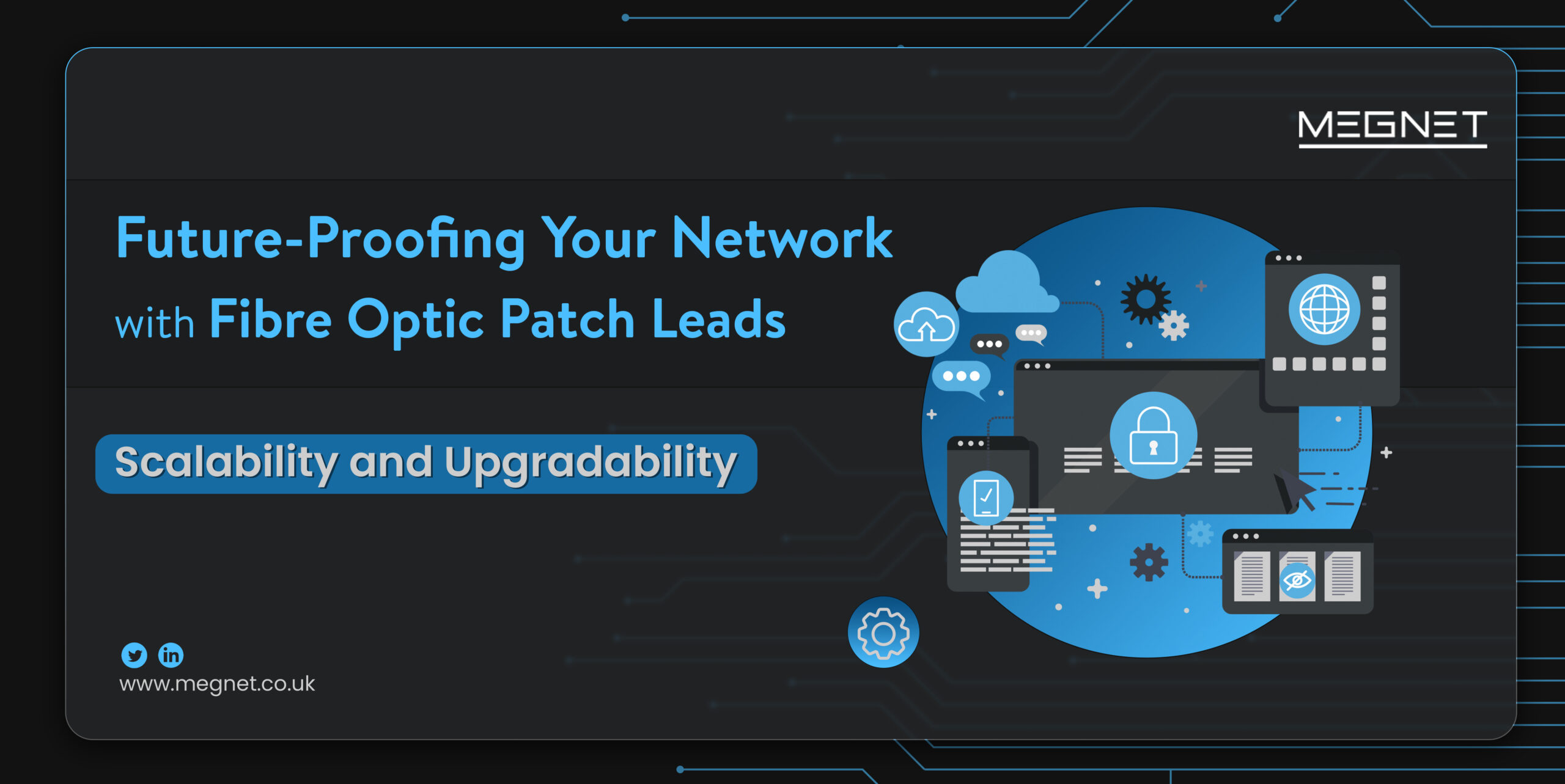

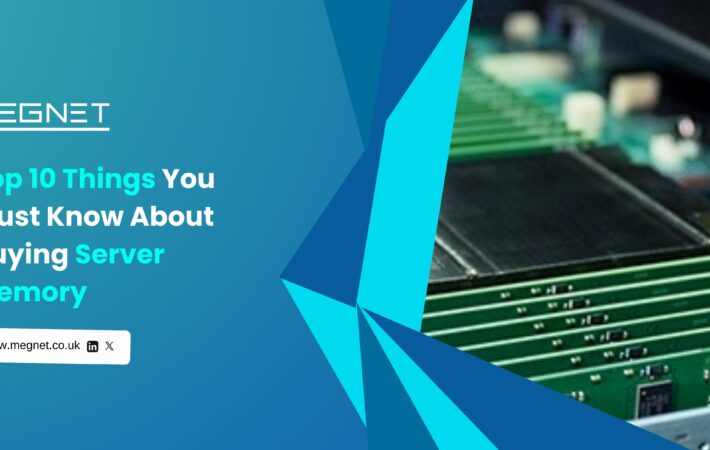
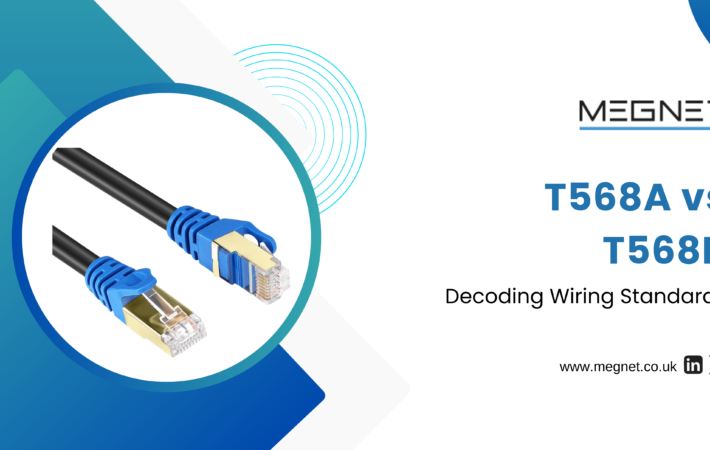
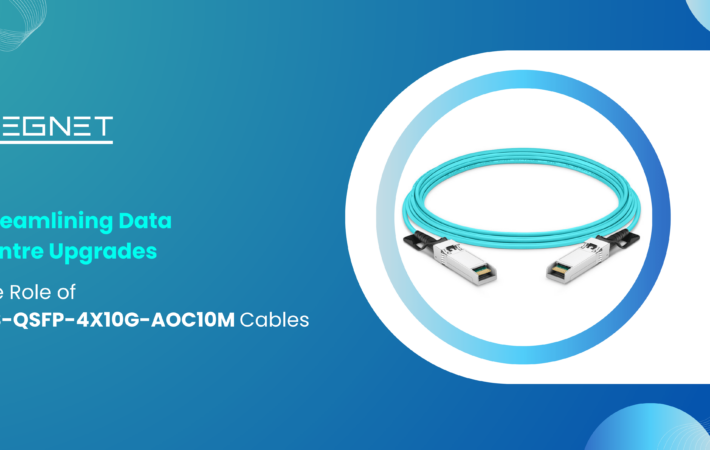
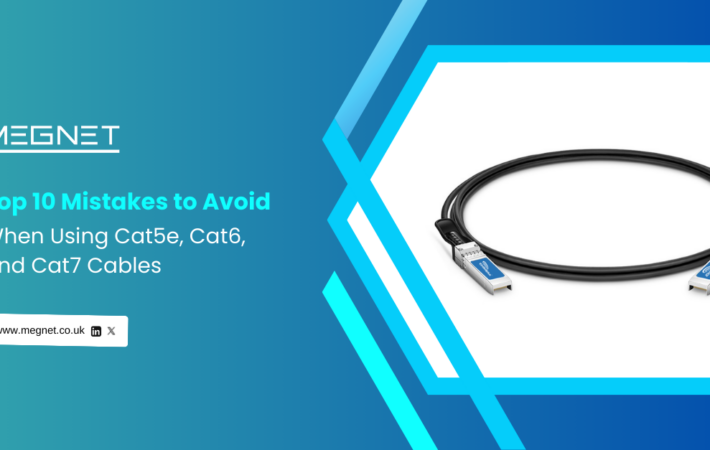
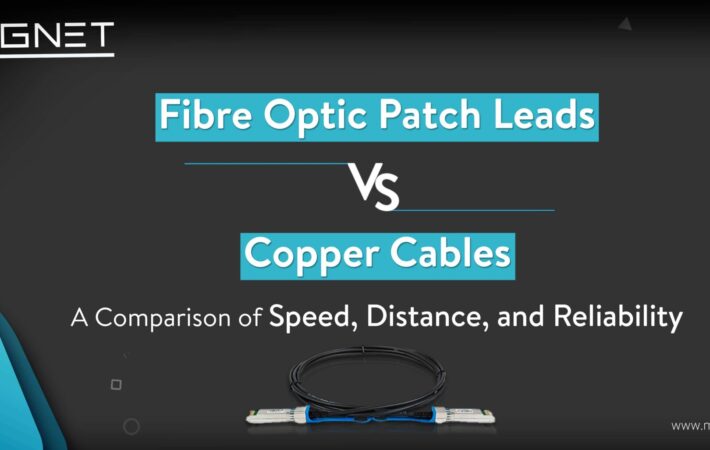


Leave a comment
Your email address will not be published. Required fields are marked *